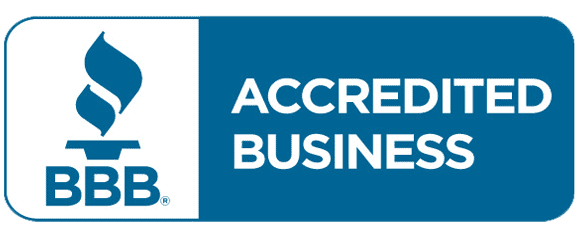Overcoming Common Coaching Challenges: A Guide for New Coaches
Starting your journey as a life coach can feel like standing at the edge of a diving board—exhilarating yet intimidating. You’ve completed your training, you’re passionate about helping others, but then reality hits: real clients bring real challenges that your textbooks didn’t quite prepare you for. Every seasoned coach has been where you are now. […]














